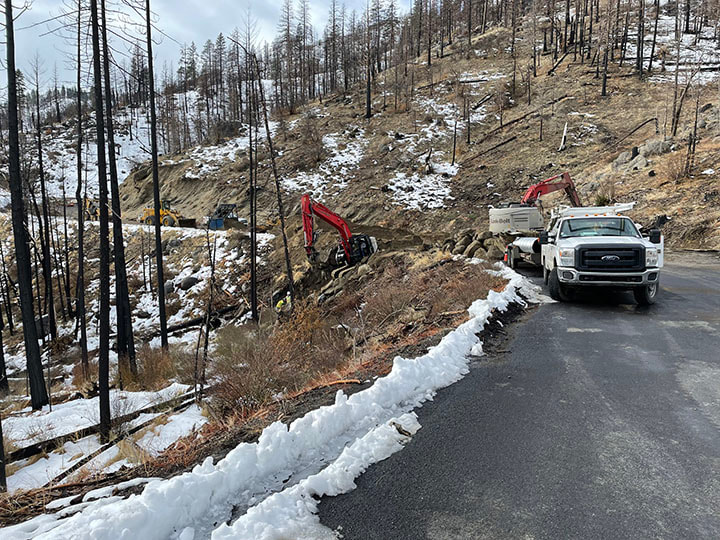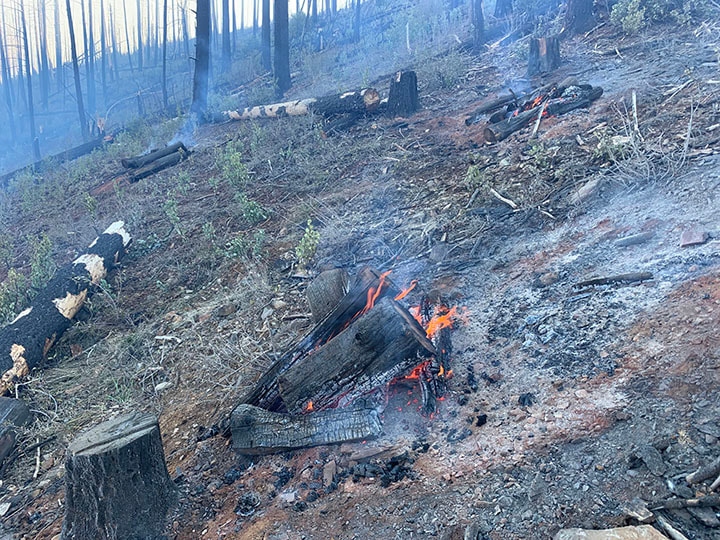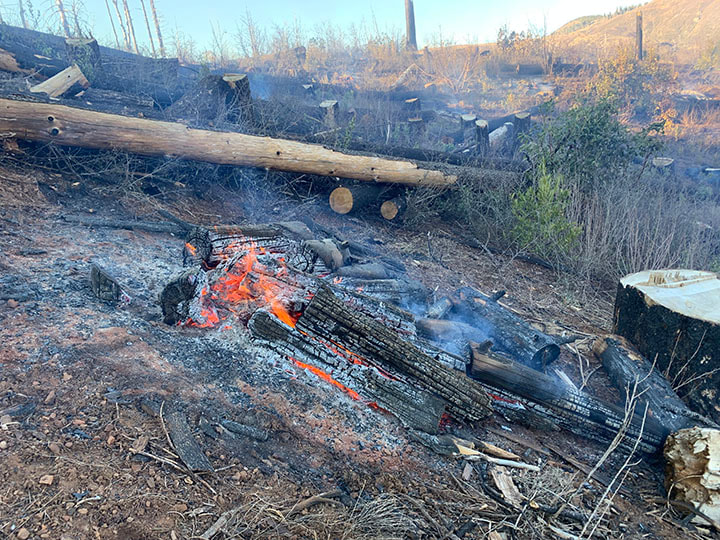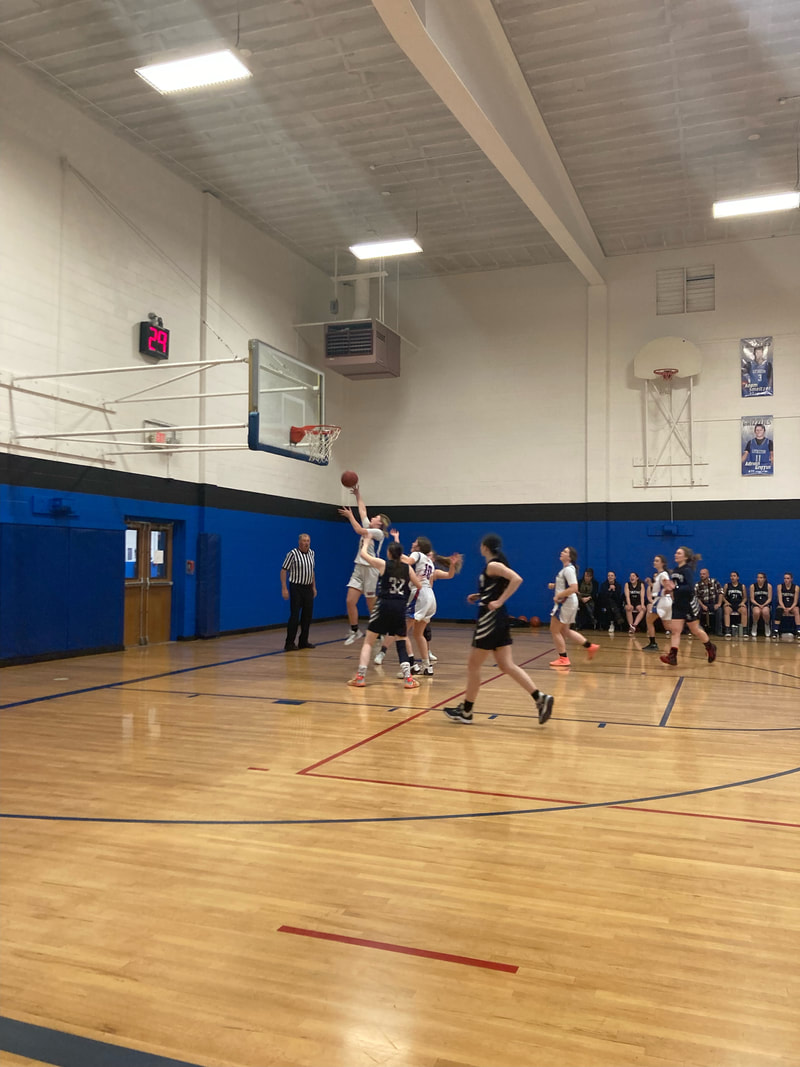Skyrocketing natural gas prices this winter have sent shockwaves through California nursery operations, which use the fuel to heat greenhouses. Some of them face utility bills as much as five times higher than in previous years.
Natural gas remains one of the biggest production costs in the winter for some greenhouses. Unable to absorb the increases, nursery operators say they must raise prices to customers, including farmers who buy transplants and seedlings for planting.
Sandra Fischbein, executive director of the Vegetable Transplant Nursery Association, said the “extremely high” natural gas rates were unexpected and have forced the businesses to add fuel surcharges to their plants. Because of chilly wintertime temperatures, she said there’s little heating conservation nurseries can do without hurting their plants.
“If you don’t heat the plants, they’re not going to be ready in time,” she said. “(Seeds) may not germinate. There’s going to be quality issues.”
Impacts of the rate hikes will snowball as some nursery customers will also need to adjust their prices and budgets, Fischbein said. She noted she’s working with other farm groups to raise awareness and gain insight on why natural gas prices have risen so dramatically in California, even as they’ve dropped in other parts of the country.
In a December report, the U.S. Energy Information Administration pointed to several factors that have contributed to natural gas prices on the West Coast rising to current levels. For one, widespread, below-normal temperatures in much of the region have boosted natural gas usage for heating.
At the same time, natural gas supply has not kept pace with the increased demand. The West Coast, which relies heavily on natural gas imports, has seen reduced deliveries from Canada and the Rocky Mountains, EIA said.
Maintenance activities in West Texas also placed constraints on interstate pipeline capacity, leading to less natural gas flowing to the West. In addition, natural gas storage levels in the Pacific region have plummeted, with inventories 30% below the five-year average, EIA reported.
Storage levels are much lower in Northern California, EIA said, because Pacific Gas & Electric Co.’s injections to rebuild natural gas inventories lagged behind previous summers.
In a statement to Ag Alert®, PG&E said high temperatures late last summer hampered storage injections and required gas to be withdrawn to support gas-fired power generation. California’s multiyear drought and low hydroelectric generation also put upward pressure on demand for natural gas to generate power, the utility said.
Michael Williamson, whose Williamson Energy firm buys and hedges natural gas for commercial clients such as nurseries, has been trying to sound the alarm on the natural gas situation.
He said one of the biggest contributing factors to the price surge is PG&E’s reclassification in 2021 of some 51 billion cubic feet of working gas to base gas. Working gas is what’s available to the marketplace, while base gas, or cushion gas, refers to the permanent inventory needed to maintain sufficient pressure to support pipeline operations.
Williamson said the reclassification amount represents about 25% to 30% of the total storage. Though the gas didn’t go anywhere, he said, PG&E “failed to replenish or backfill that amount of gas into storage.”
He acknowledged that colder temperatures and increased demand for natural gas have strained the system. But he said the point of having gas in storage is to be able to pull it out during peak-demand periods to increase the supply in the marketplace.
Williamson said he has asked the California Public Utilities Commission to grant an immediate 60-day emergency order to allow PG&E to reclassify 50 Bcf of gas as working gas. This would allow PG&E the flexibility to use more of its storage gas, providing some immediate relief in the market.
Longer term, Williamson said he would like to see a state mandate that requires the utility to replace the reclassified gas to base gas and refill its working gas storage to prior five-year averages.
“Unless PG&E increases its storage back to the five-year average, this is going to happen again and again and again,” Williamson said.
PG&E said the reclassification had no impact on the total natural gas in storage and the withdrawal capacity of its storage assets.
“California natural gas prices show no obvious impact that can be directly attributed to the reclassification,” PG&E said in its statement to Ag Alert®.
The company also pointed out that as with other utilities, PG&E does not control the market prices it pays for gas and electricity and does not mark up the cost of the energy it buys.
Gilroy-based Headstart Nursery has been paying higher natural gas prices since November because it produces poinsettias for the holiday season, company Vice President Randy Costa said. The nursery also grows other ornamentals and vegetable transplants, and its December and January gas bills have soared four to five times higher than prior years, he said.
Costa said the company initially thought it could make adjustments to try to cut gas usage, but the cost spikes have been “too extreme” to keep up.
“We’re talking hundreds of thousands of dollars,” he said. “That’s a huge impact on our business.”
Up until last month, the nursery has eaten the increases without raising prices. It has now started contacting customers to explain why they will see an additional 10% to 12% surcharge.
Costa said the last-minute change is “a real inconvenience” for his customers, who have already finalized budgets, contracts and planning.
Even though the nursery produces “a lot of volume,” its profit margin remains “very low,” and “any major hiccup to our production really affects the bottom line,” he said.
With nighttime temperatures dipping into the low 30s, San Diego County nursery operator Arnold Mueller said this is one of the coldest winters he can recall in the region. His gas bill in December rose 60%.
In addition to turning down the heat, Mueller said the nursery has long used energy curtains, which act as a blanket for the greenhouse at night.
“There’s only so much you can do to conserve,” he said.
He said higher energy prices have not only eviscerated profits, they’ve reduced the higher wages he would like to pay his employees, who themselves are struggling with higher energy costs for their homes and cars.
As a long-term remedy, Mueller said the state needs to work on its natural gas infrastructure with more pipelines and storage.
“I think California dropped the ball like they’ve done with water,” he said. “It frustrates me, especially when you see them spend billions of dollars on the bullet train. I would think this would be a much higher priority.”
(Ching Lee is an assistant editor of Ag Alert. She may be contacted at [email protected].)









